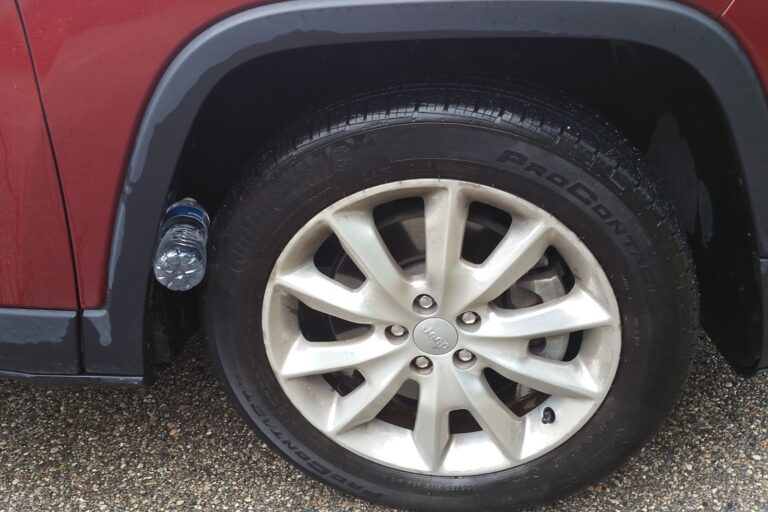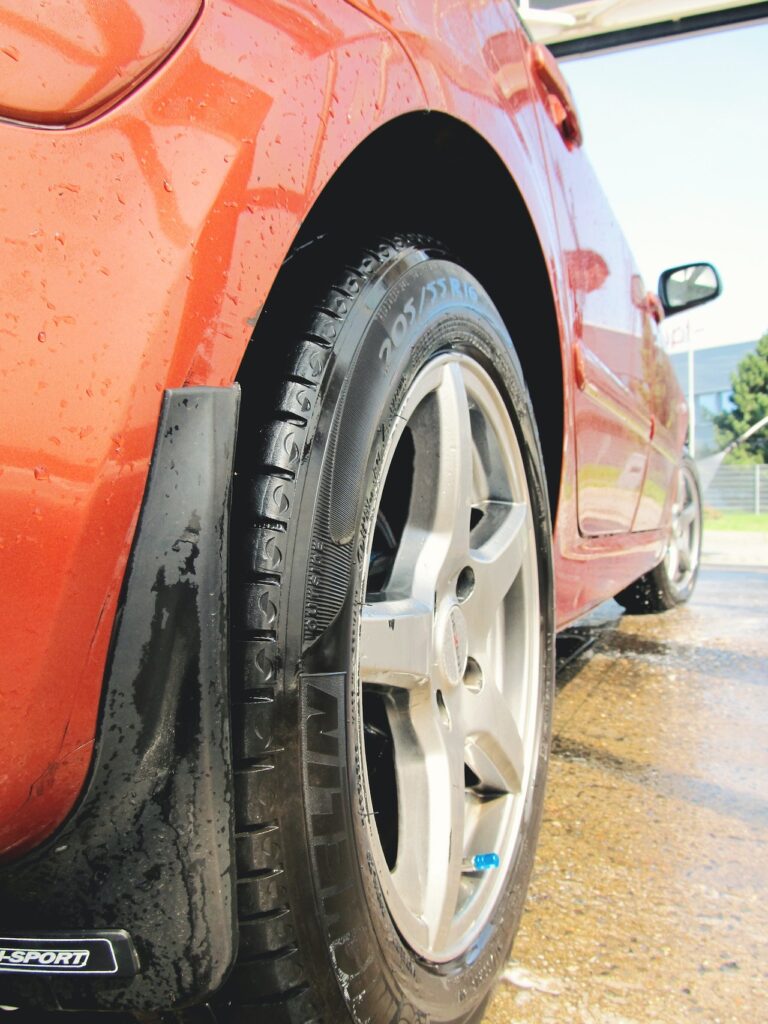Radial Pull Tires: How to Fix It [Step By Step Guide]
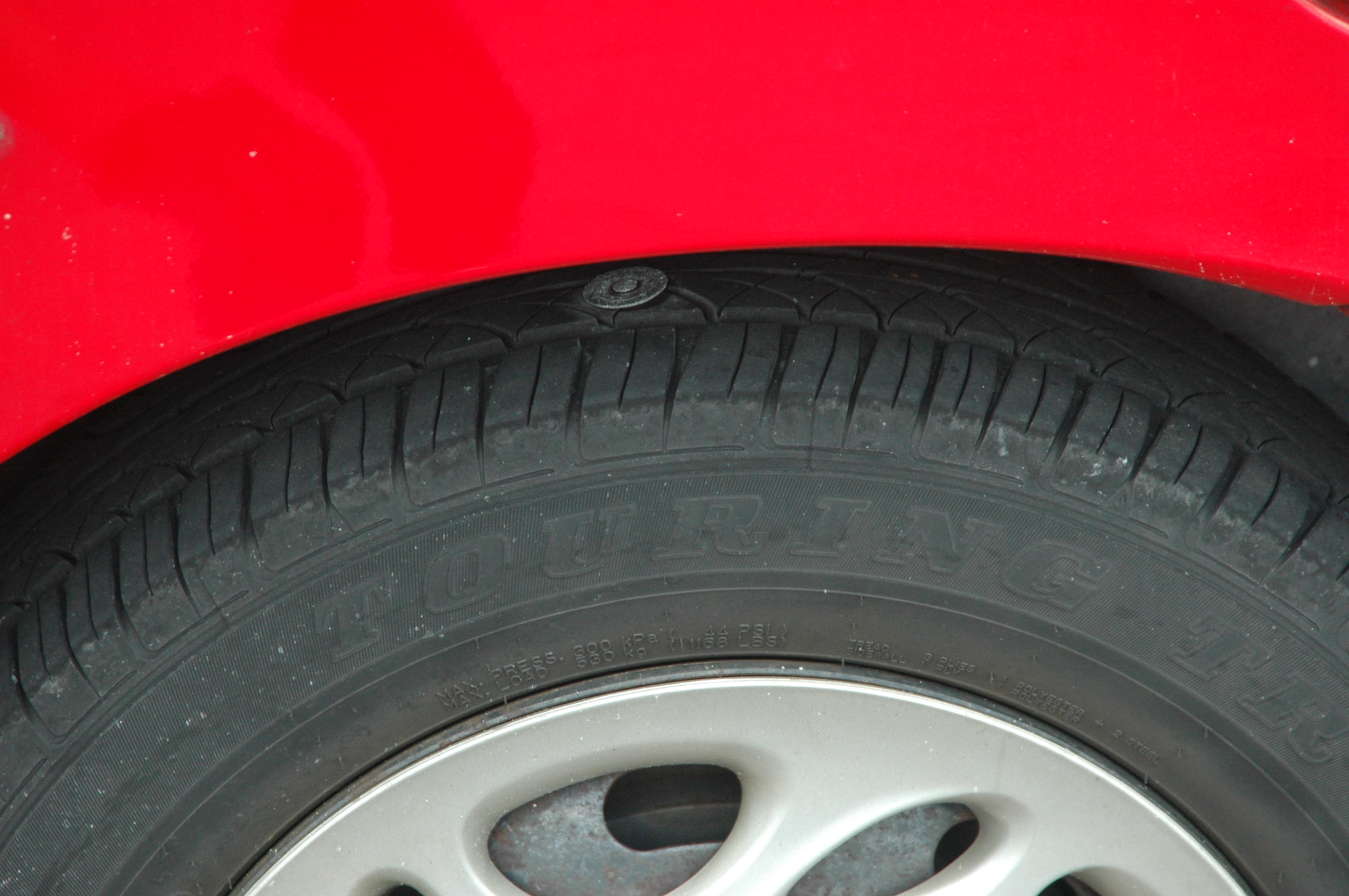
Ever felt like your car has a mind of its own, taking its sweet time deciding where it wants to go? If it’s gently nudging you in a particular direction when you’re trying to drive straight, you might be dealing with what’s called a ‘radial pull‘.
It’s not your car being moody; there’s a bit of tire science at play here.
What is Radial Pull?
Radial pull is when you’re driving and, out of the blue, one of your tires just doesn’t want to cooperate. You’ll feel your car being drawn to one side, and it’s not because of the road or the way you’re driving.
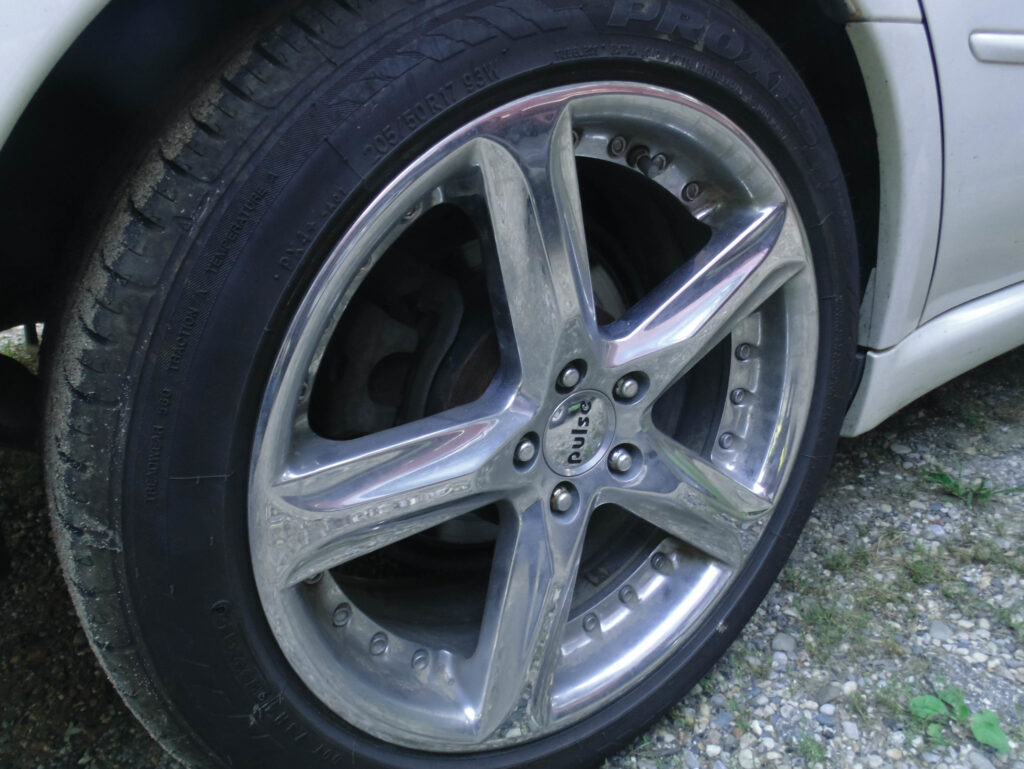
This tug is typically due to an issue inside the tire itself, maybe some unevenness in its build or material.
Addressing radial pull is crucial not just for the life of your tire, but also to ensure you have a safe drive every time.
What Causes Radial Pull?
If you’ve ever felt your car veering off to one side when you’re driving, even when the road looks clear, this might be the culprit.
Uneven Internal Construction: Sometimes, during tire manufacturing, things don’t go as planned. There could be variations in the internal components of the tire, causing it to be uneven.
An uneven tire can lead to a car ‘walking’ or moving in an undesired direction.
Mismatched Tires: All tires aren’t created equal. If you’ve got mismatched tires (different brands or wear levels), this can cause an imbalance in your ride.
Faulty Tire Belt: The tire belt, found inside the tire, plays a big role in keeping everything steady.
If it gets damaged or starts to shift, this can create a pull. It’s a bit like having a wobbly wheel on a shopping cart.
Previous Repairs: A tire that’s had some work done on it, perhaps a patch or two, might not behave the same way as it once did.
Repairs can sometimes cause structural changes that lead to radial pull.
How to Spot a Radial Pull Tire?
Identifying a radial pull in tires isn’t always straightforward.
Driving Straight
Take your car for a spin on a straight road. If you notice that you constantly need to adjust the steering wheel to keep going straight, there’s a good chance you’ve got a tire that’s pulling.
Switching Tires
Here’s a nifty trick. Swap the front tires with each other. If your car starts pulling in the opposite direction, you’ve found the culprit! It’s a bit like switching seats on a seesaw to find out which side is heavier.
Inspection
Roll your tire and check it. A radial pull often happens due to internal damages, but sometimes there might be visible signs like uneven wear or bulges.
Steps to Fix Radial Pull
If you’ve noticed a radial pull in your tire, don’t fret. While it can be a little bothersome, it’s something you can address. Here’s a step-by-step guide to get those tires running smoothly again.
1. Identify the Problematic Tire
Before diving into any solutions, it’s essential to be sure which tire is causing the issue.
- Drive Test: As mentioned, drive on a straight road and note if your vehicle tends to drift to one side.
- Switching Method: Swap the front tires. If the pulling changes direction, it pinpoints which tire has the issue.
2. Check Tire Pressure
Sometimes the simplest solutions are the most overlooked. Ensure all tires have the recommended pressure.
A tire that’s not inflated correctly can cause a vehicle to pull to one side.
3. Tire Rotation
By rotating the tires – swapping the front and rear ones – you can often rectify the pull, especially if it’s due to uneven wear.
If the pull shifts after rotation, it further indicates a radial pull problem.
4. Balance the Tires
An imbalanced tire can sometimes mimic the symptoms of a radial pull. It’s a good idea to have the tires balanced, as it can correct minor issues and promote even tire wear.
In Closing
Driving should be smooth and straightforward, but the quirks like radial pull can throw a spanner in the works.
Thankfully, now we’re equipped with the know-how to spot and tackle it. Here’s to many more safe and hassle-free drives. Safe travels!

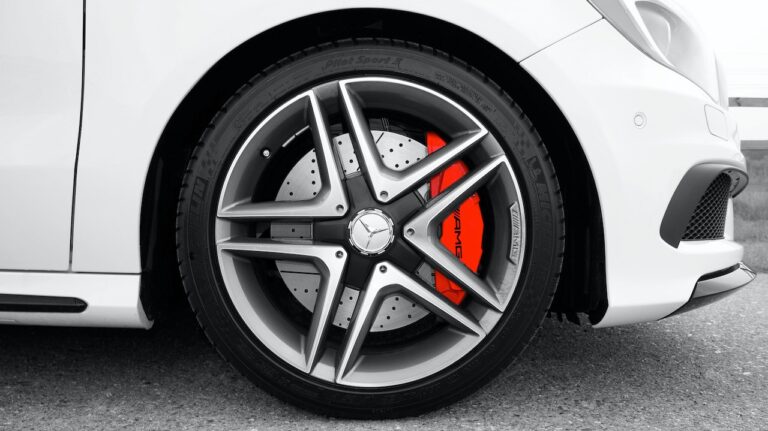
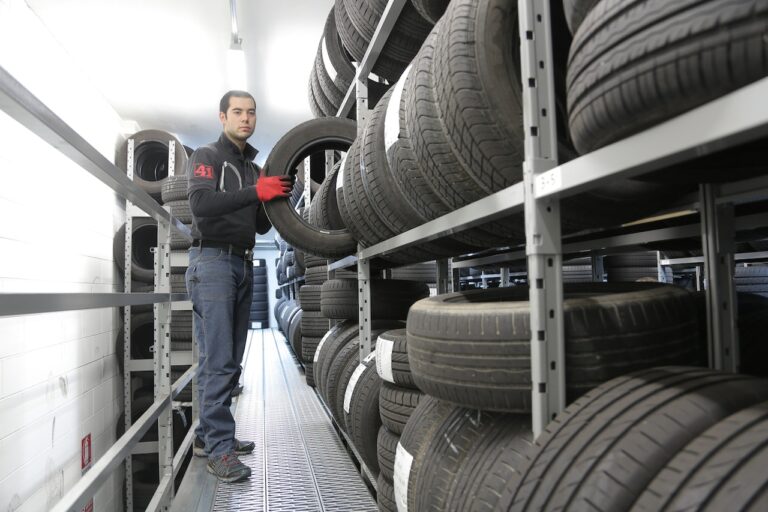
![is it safe to drive on a plugged tire? [Expert Answer]](https://tiretalks.com/wp-content/uploads/2023/04/FaXa2N0XwAEuLze-768x576.jpg)

